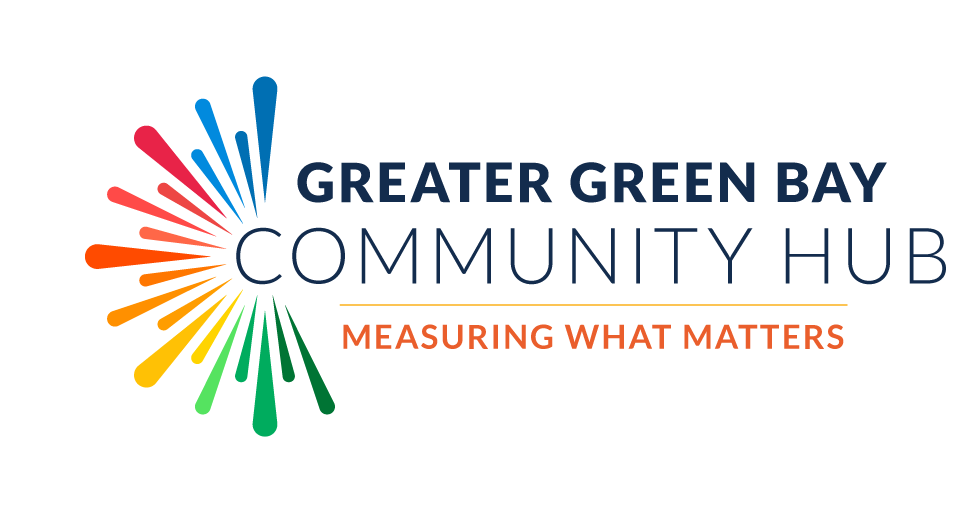Promising Practices
The Promising Practices database informs professionals and community members about documented approaches to improving community health and quality of life.
The ultimate goal is to support the systematic adoption, implementation, and evaluation of successful programs, practices, and policy changes. The database provides carefully reviewed, documented, and ranked practices that range from good ideas to evidence-based practices.
Learn more about the ranking methodology.
Filed under Evidence-Based Practice, Community / Social Environment, Children, Adults
Goal: The overall goal of the FAST program is to intervene early to help at-risk youth succeed in the community, at home, and in school and thus avoid problems such as adolescent delinquency, violence, addiction, and dropping out of school.
Impact: FAST has generally improved aggressive behaviors and increased positive behaviors amongst participants as reported by teachers and parents.
Filed under Evidence-Based Practice, Economy / Poverty, Adults, Women, Men, Families, Urban
Goal: The goal of the Family Peer Support program is to increase family economic and social self-sufficiency, and to connect parents to needed physical health, behavior health, and educational resources for their child. Family peer support programs generally focus on fostering encouragement of personal responsibility and self-determination, improving family health and wellness, and supporting engagement and communication with providers and systems of care. Research shows that peer support programs promote empowerment and self-esteem, self-management, engagement and social inclusion, as well as improving the social networks of families who receive these services. Research evidence qualifies peer support services as evidence-based through the Agency for Healthcare Research and Quality guidelines.
Salzer MS, Schwenk E, Brusilovskiy E: Certified peer specialist roles and activities: results from a national survey. Psychiatric Services 61:520–523, 2010.
Repper J, Carter T: A review of the literature on peer support in mental health services. Journal of Mental Health 20: 392–411, 2011.
Cook JA: Peer-delivered wellness recovery services: from evidence to widespread implementation. Psychiatric Rehabilitation Journal 35:87–89, 2011
Filed under Good Idea, Health / Health Care Access & Quality, Children, Adults, Families, Rural
Goal: The goal of FamilyWize is to reduce the cost of medicine for children, families, and individuals with no prescription drug coverage.
Filed under Effective Practice, Community / Social Environment, Families, Racial/Ethnic Minorities, Urban
Goal: The Fathers and Sons Project aims to strengthen the bonds between fathers and sons and promote positive health behaviors.
Filed under Evidence-Based Practice, Health / Mental Health & Mental Disorders, Children
Goal: The mission of the Institute on Violence and Destructive Behavior (IVDB) is to empower schools and social service agencies to address violence and destructive behavior, at the point of school entry and beyond, in order to ensure safety and to facilitate the academic achievement and healthy social development of children and youth. The primary goal of this program is to divert antisocial kindergartners from an antisocial behavior pattern during their subsequent school careers and to develop in them the competencies needed to build effective teacher- and peer-related, social-behavioral adjustments.
Filed under Effective Practice, Health / Heart Disease & Stroke, Older Adults
Goal: The goal of the FAME intervention is to improve the fitness and mobility of individuals who have suffered a stroke.
Filed under Evidence-Based Practice, Health / Mental Health & Mental Disorders, Adults
Goal: The goal of FAST is to improve patients' independence and quality of life.
Impact: Studies have shown that FAST-treated patients' performance on everyday living skills improved significantly compared to non-participants. They also demonstrated significant improvement in social and communication skills at 6-month follow-up.
Filed under Evidence-Based Practice, Health / Family Planning, Teens
Goal: The goal of this program is to decrease pregnancy in adolescent and teenage girls.
Impact: Those who participated in one or more program components were significantly less likely to experience pregnancy than nonparticipants (5.9% vs 12.3%). Those who participated in two or more program components were significantly less likely to engage in sexual intercourse without birth control than those who participated in only a single program component (8.9% vs 20.6%).
Filed under Effective Practice, Environmental Health / Air, Urban
Goal: The mission of Greater Boston Breathes Better is to help greater Boston’s citizens and visitors to breathe better.
Filed under Evidence-Based Practice, Health / Alcohol & Drug Use, Teens, Families
Goal: The primary goal of GGC is to reduce youth substance abuse and problem behaviors by increasing family involvement that is rewarding and enhances parent-child bonds.
Impact: Significant positive effects on increasing family involvement and interaction and reducing youth substance abuse were observed. A cost-benefit analysis estimates a $5.85 benefit for every dollar invested in the program.
